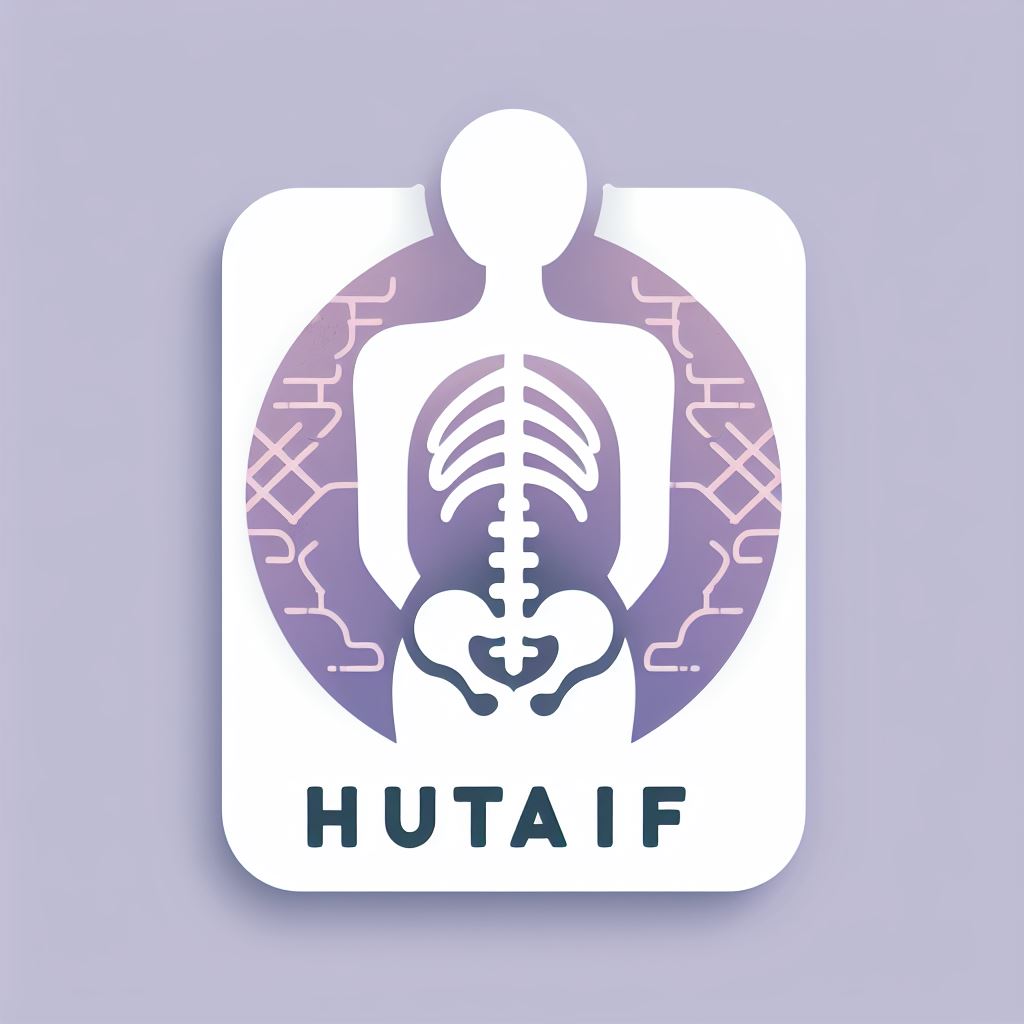Proximal Humerus Fractures - Risk Factors, Classification, and Treatment Options
Proximal humerus fractures are very common injuries, and they are one of the true osteoporotic fractures. Learn about risk factors, classification, and treatment options.
Proximal humerus fractures are very common injuries, and they are one of the true osteoporotic fractures. Most fractures can be treated effectively without surgery, as the rich blood vessels and wide surfaces give a great tendency to heal. In addition, many fracture patterns result in adequate bone contact and less displacement with acceptable alignment. Open reduction and internal fixation of displaced fractures can improve outcomes, depending on the functional status of the patient prior to injury. If surgical treatment is chosen, unique treatment challenges must be overcome, including the diagnosis and preservation of small bone fragments with strong muscular forces, often in bones with osteoporosis. Many options are feasible, including plates, screw, wires, and other hardware.
Anatomical location
Fractures of the head of the humerus may occur in the surgical neck, the anatomical neck, the greater tuberosity, and the lesser tuberosity
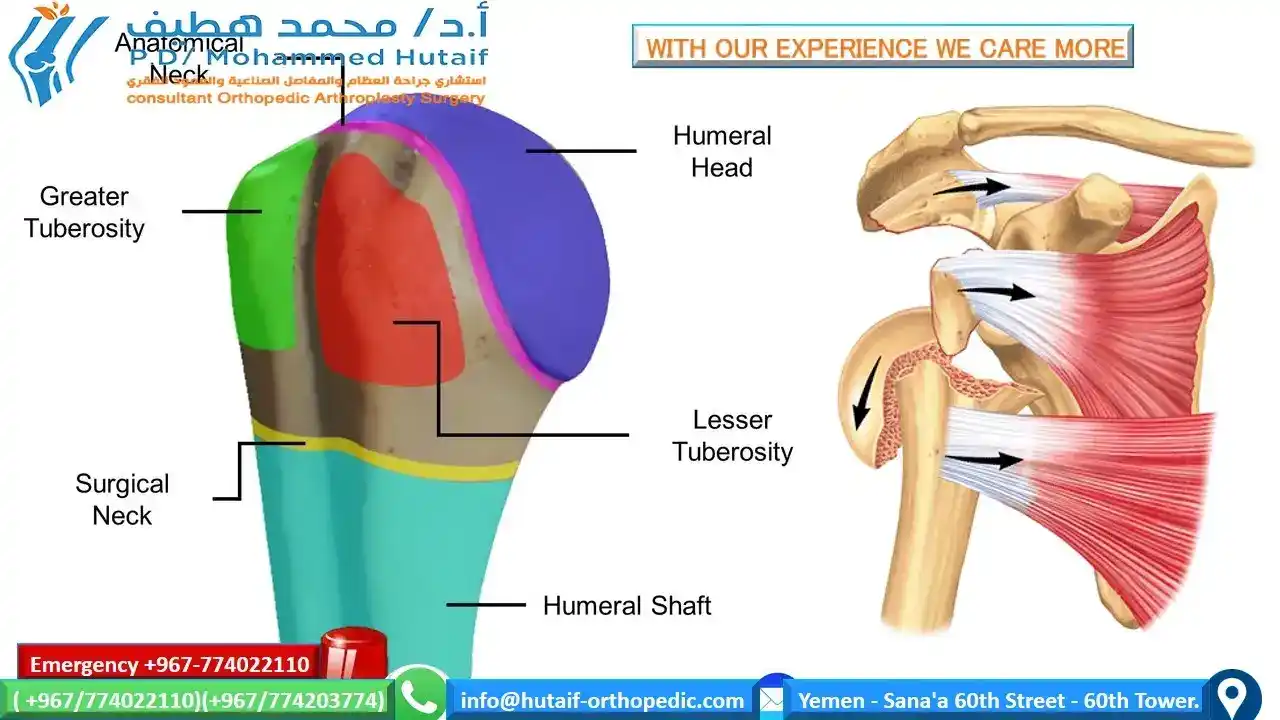
Two-part surgical neck fractures are most common
Risk factors
- Osteoporosis
- Diabetic
- Epilepsy
- Female
Associated injuries
Nerve injury
Most common axillary nerve injury
Arterial injury
Uncommon (incidence 5-6%), higher probability in older patients
It often occurs at the surgical neck level or with subluxation of the head
How do we classify proximal humeral fractures?
On the basis of the anatomical relationship consisting of 4 parts
Single part fractures
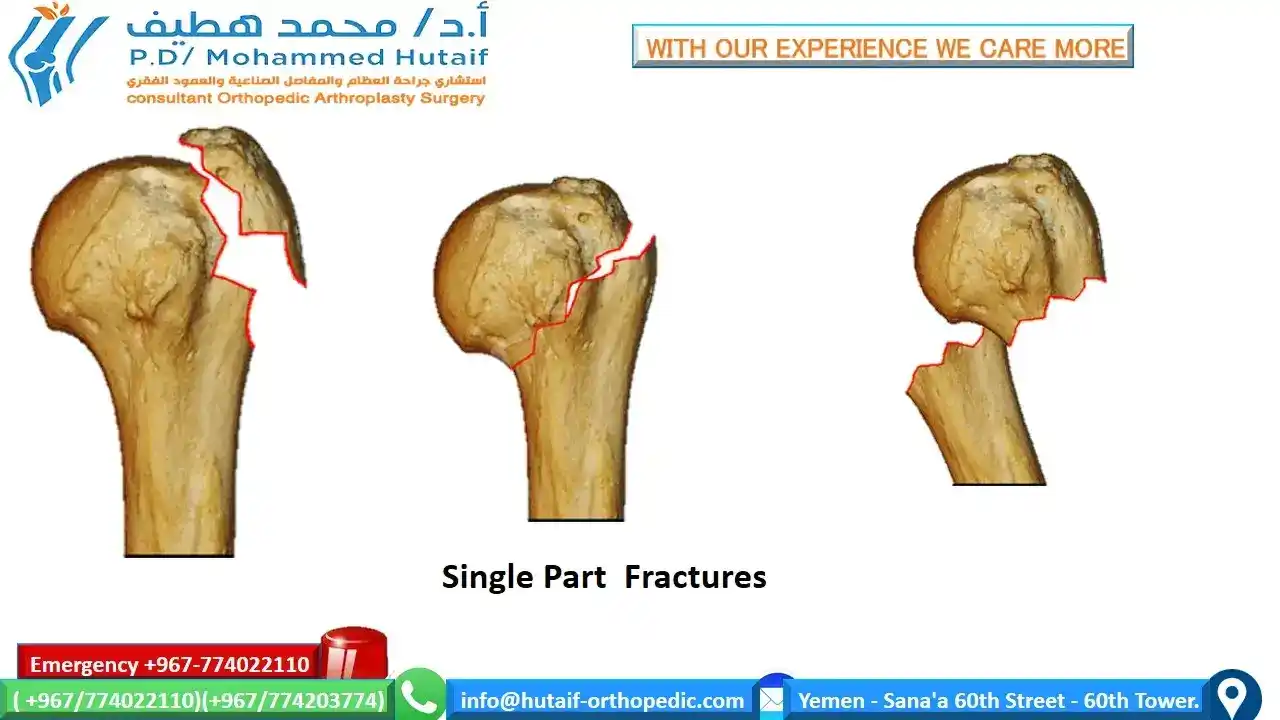
Two-part fractures
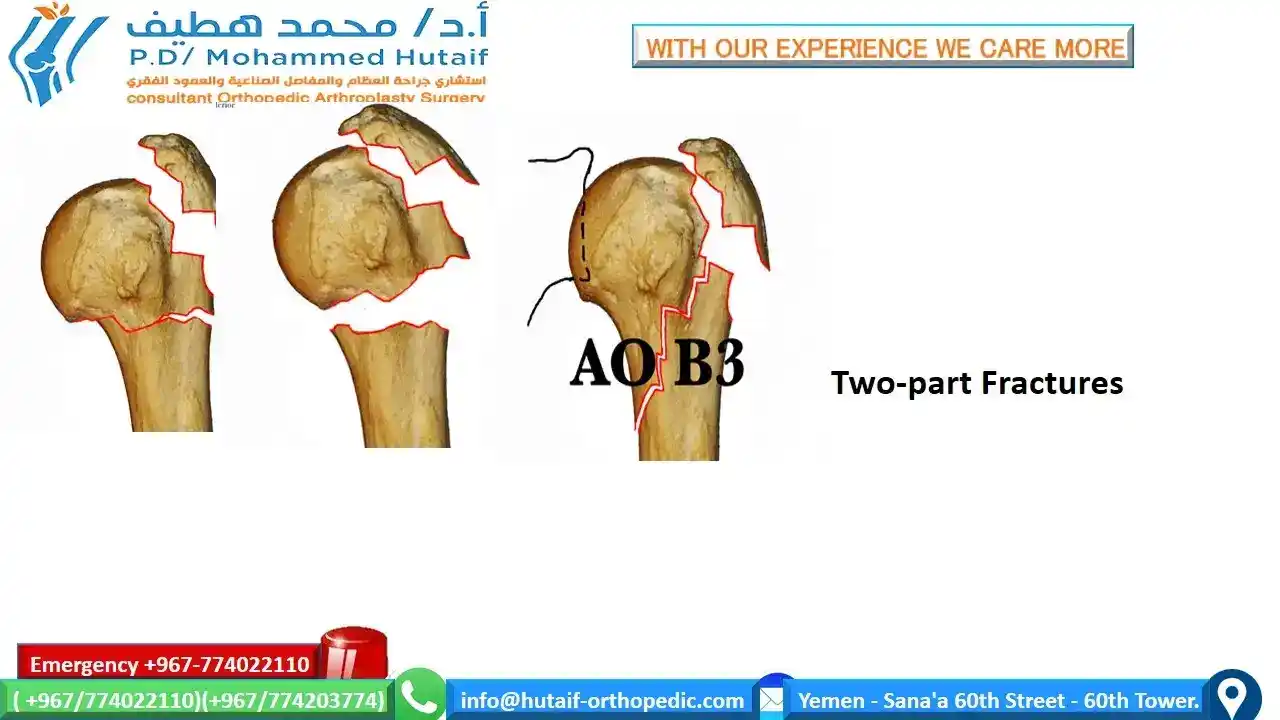
Three-part fractions
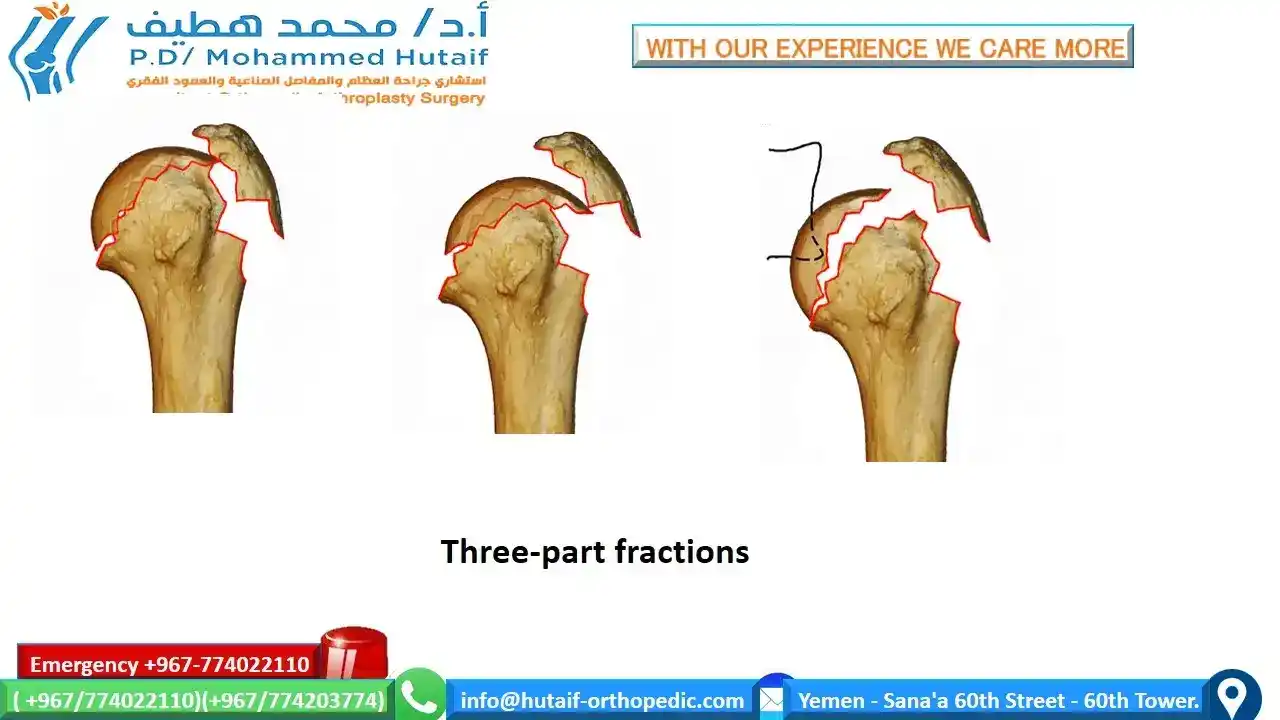
Four-part fractions
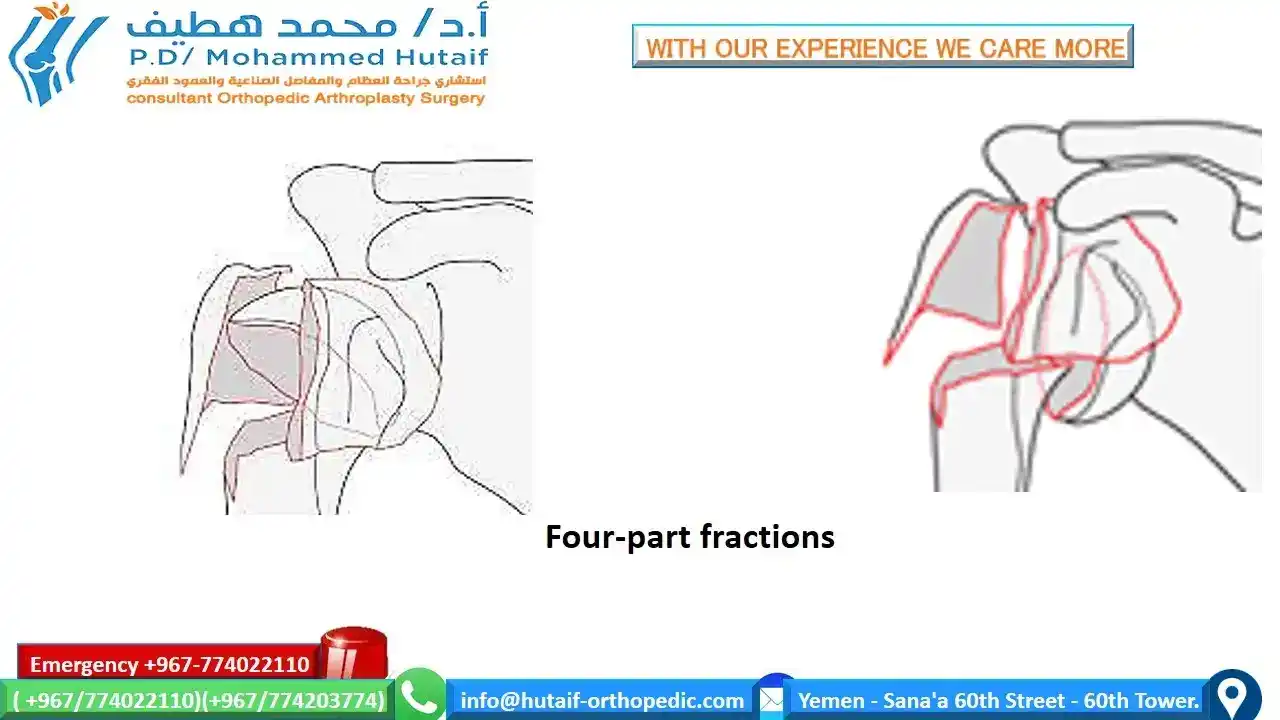
Dislocations and fractures of joint surface injuries
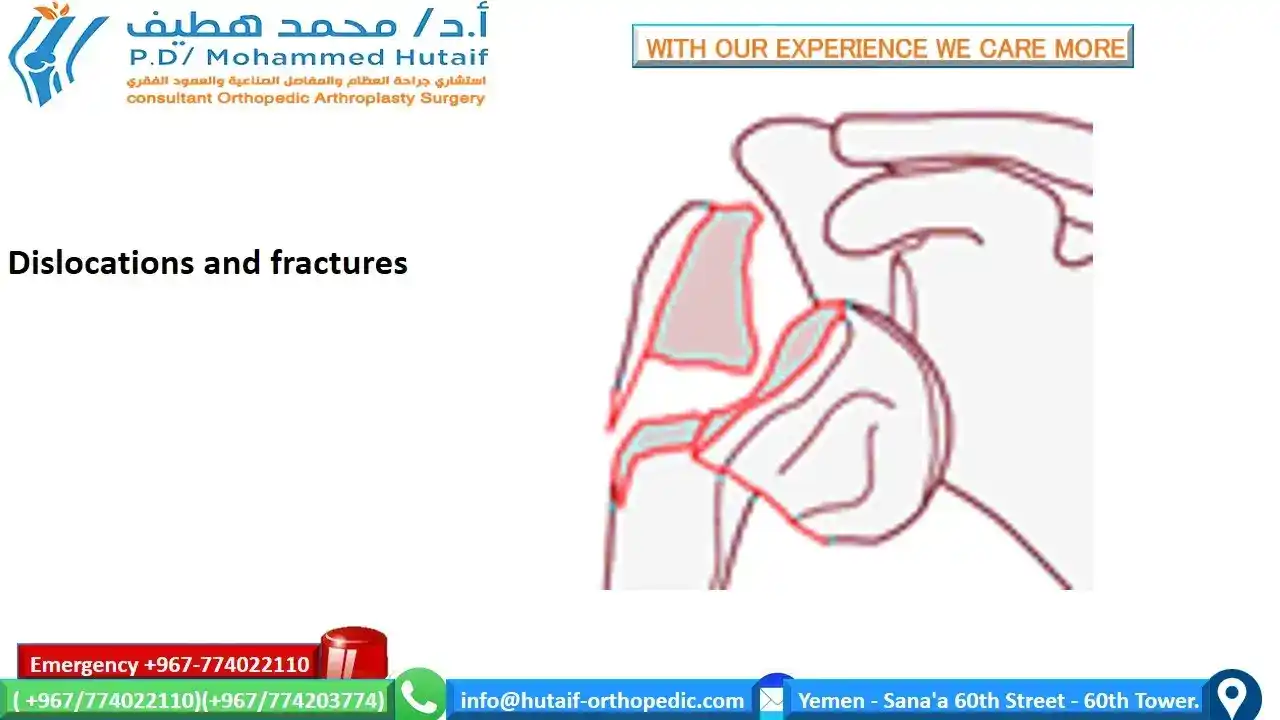
Separate categories have been added because they represent more severe injuries, are more likely to develop avascular necrosis. Likewise, fractures of the articular surface have been placed in a separate category due to their unique treatment considerations.
Treatment options for proximal humeral head fractures
Non-surgical management
If the proximal humerus fracture is non-displaced and stable, nonsurgical management may be a viable option. This may consist of wearing an arm sling, rest, pain medication, and gentle physical therapy after the fracture has healed. The bone usually takes 8 to 12 weeks for the primary fusion mass to form. Keeping the arm supported and reducing the amount of stress on the fracture is key.
Surgical options
It depends on several factors, including:
- Are fractures open?
- What is the exact classification of fracture?
- Patient's age
- Associated injuries
